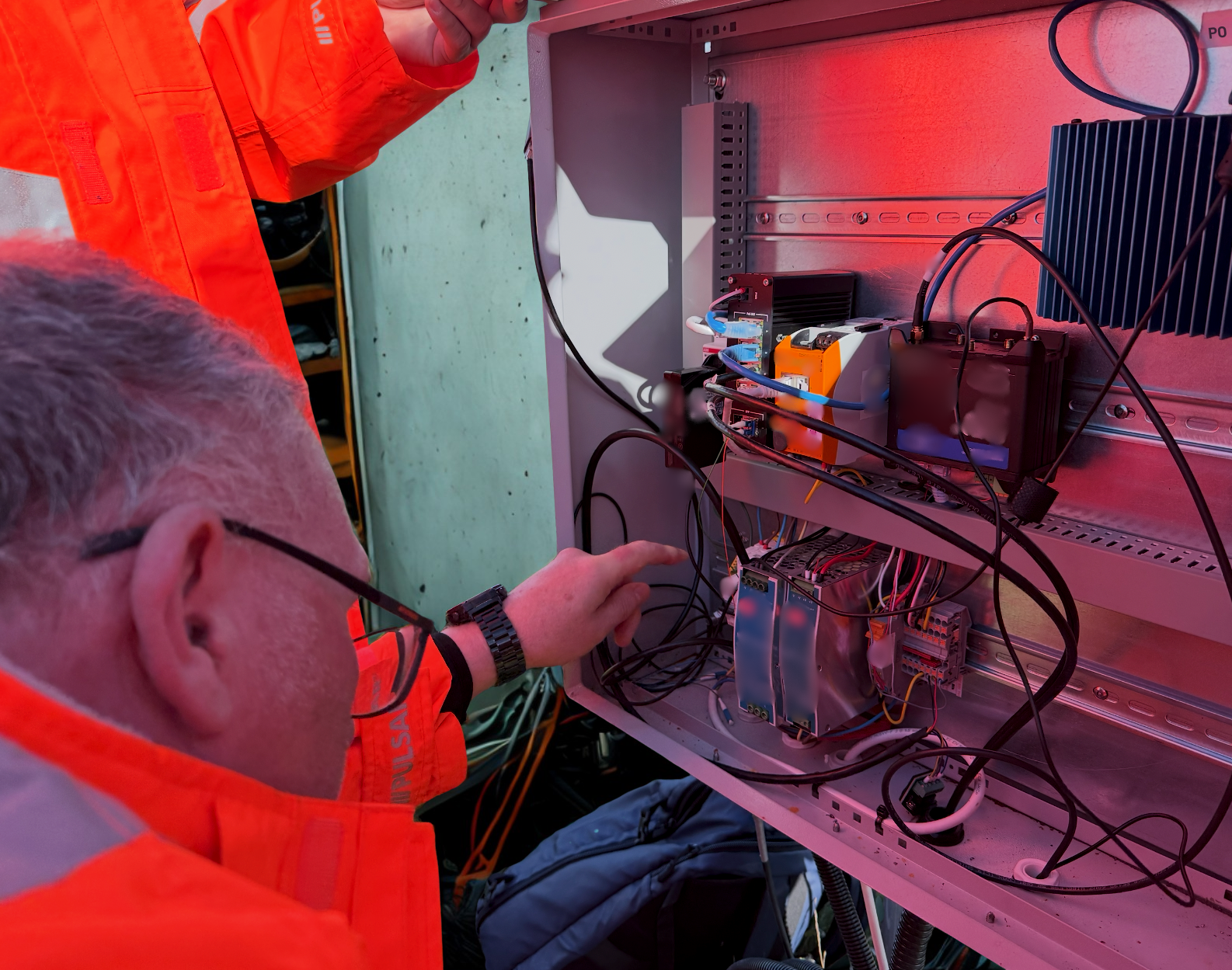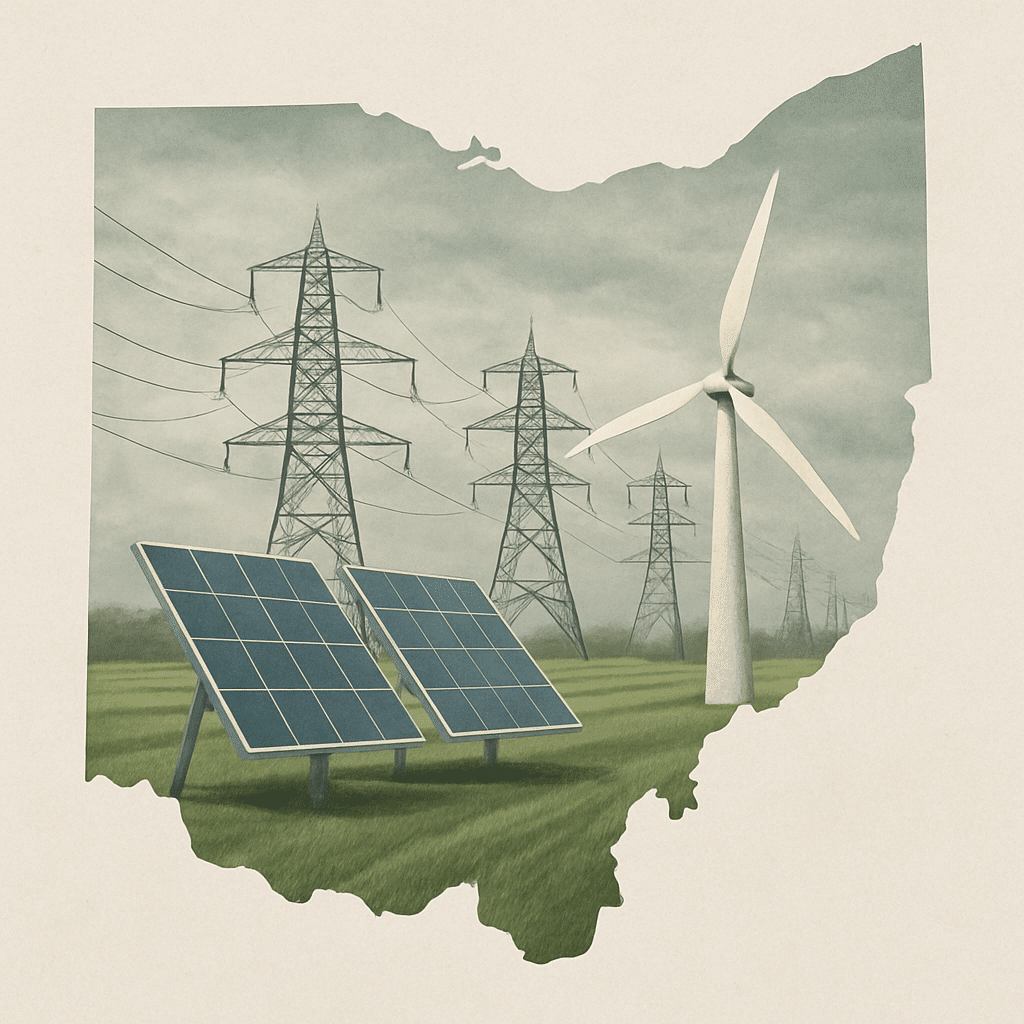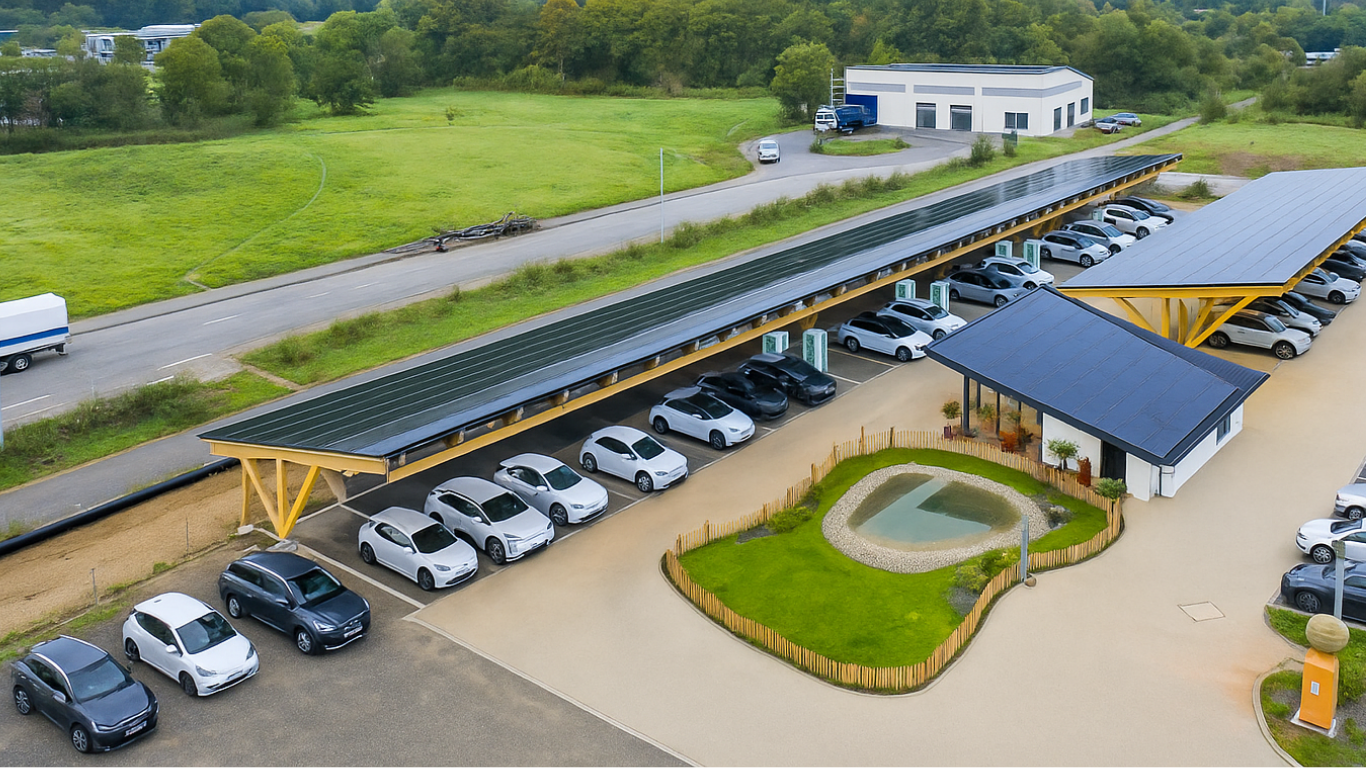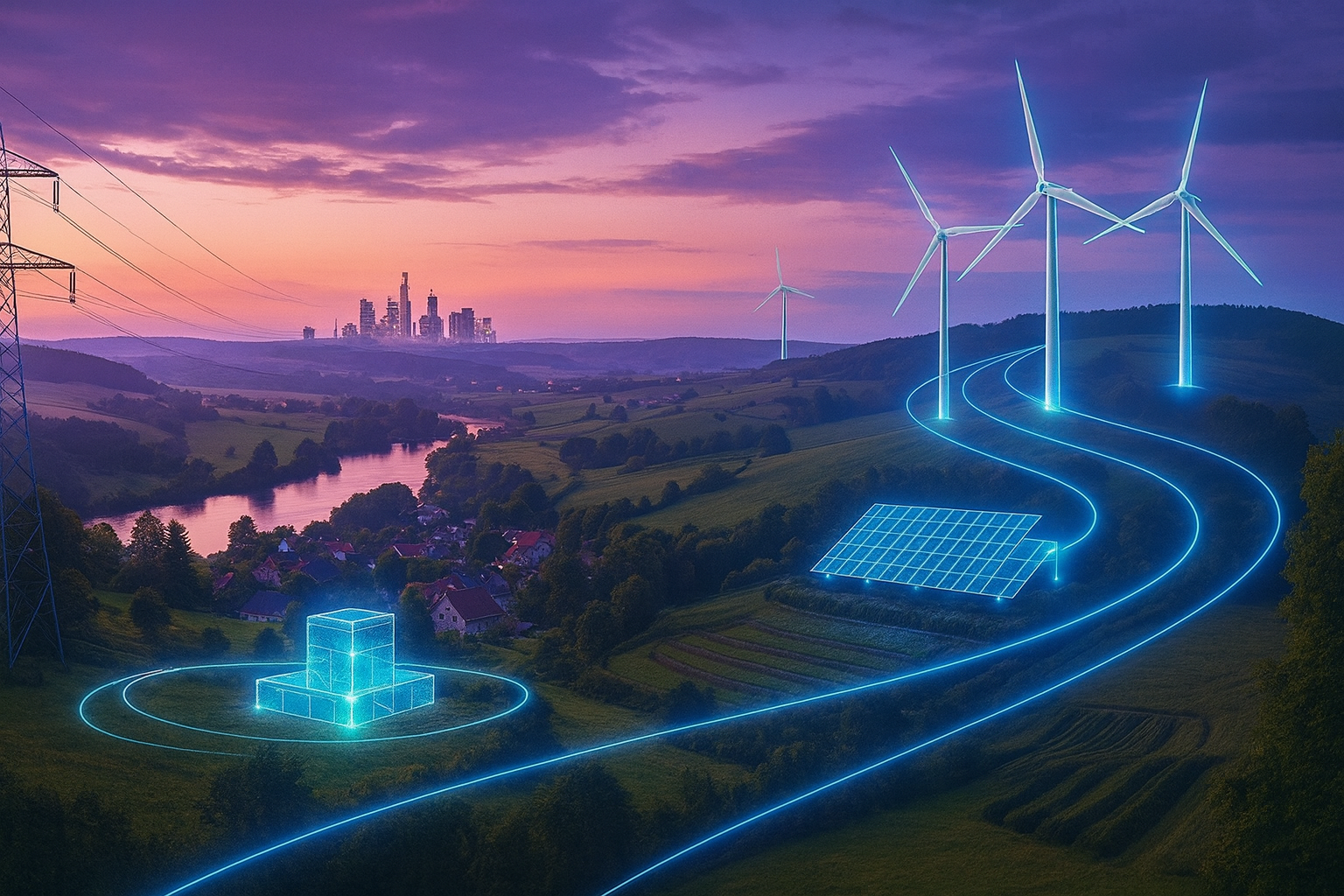
As AI workloads surge and cloud demand continues to rise, operators face long grid-connection queues, multi-year upgrade timelines, and increasingly strict local limitations.
But there is a rapidly emerging insight across the energy and digital-infrastructure sectors: data centres don’t always need more power - just smarter power.
Even a tiny amount of flexibility in data centre demand can unlock huge amounts of additional grid capacity, allowing far more facilities to operate using today’s infrastructure.
A key study from Duke University illustrates the scale of the opportunity:
🔗 https://nicholasinstitute.duke.edu/publications/rethinking-load-growth.
Their researchers found that if data centres curtailed power use for just 0.25% of the year - around 22 hours annually - existing grids could support an extra 76 GW of demand.
That’s equivalent to adding 5% more total grid capacity, without building a single new power plant. And the industry is beginning to say the same thing out loud.
Data Centres Need Reliability—But Not Rigidity
A major misconception is that data centres operate as perfectly flat, inflexible loads. But as Eileen Fargis, a senior investment leader in sustainable infrastructure, explains:
“Everyone assumes data centres require constant, flat power — as if the lights can never flicker and the servers never rest. But that’s not how it works. Data centres demand reliability, not rigidity.”
Real data centre power profiles vary with workload, cooling cycles, and batch processing. As Fargis notes:
“They need guaranteed availability — the ability to draw full load when needed — but actual consumption fluctuates throughout the day and across workloads.”
This distinction—reliability vs. rigidity—is the foundation of demand flexibility.
What Hyperscalers Really Want: Capacity + Optionality
The largest cloud providers are already behaving like flexible grid participants. Fargis highlights how hyperscalers are shifting behind-the-meter strategies:
“What hyperscalers really buy is firm capacity and power optionality. Many already shape or shift demand behind the meter to manage costs and emissions, pairing on-site gas or battery systems with flexible grid contracts.”
This hybrid approach—combining renewables, batteries, fast-start gas, and responsive demand—is becoming the preferred design pattern for next-generation data centres.
“The future isn’t fixed baseload — it’s flexible, dispatchable reliability.”
“It’s not about running all the time. It’s about being ready anytime.”
Europe Shows the Same Trend: Data Centres as Grid Assets
The shift toward flexibility isn’t just theoretical. In Europe, where grid constraints are some of the world’s tightest, the conversation is changing quickly.
Journalist Alina Trabattoni, PhD, summarises the emerging view:
“Could Europe’s data centres transform from grid burden to grid saviour?”
Her reporting highlights the macro trends:
Data centres could consume 236 TWh by 2035
Up to 60 GW of demand-side flexibility could be unlocked
Up to 90% of computing tasks can be shifted to off-peak hours
Cooling systems (40% of facility load) offer major flexibility potential
Industry experts echo this shift:
“Batteries, possibly accompanied by renewable generation… there are other technological solutions to increase data centre flexibility, like cooling.”
— Stefano da Empoli (I-Com)
“Data centres cannot easily fit into the classic mechanisms we have adopted in other industries.”
— Renato Mazzoncini (A2A CEO)
“There is an inherent risk every time you move to your generator that something goes wrong at the systemic level.”
— Michael Winterson (EUDCA)
Trabattoni concludes that flexible operation could reduce CO₂ emissions by 20% while providing critical support during renewable intermittency.
Flexibility Means More Throughput, Faster Builds, and Better Economics
Demand flexibility isn’t just good for the grid—it directly benefits data centre operators.
1. Higher Effective Power Capacity
Flexibility allows operators to reserve a higher “virtual capacity” than their physical connection.
More MW available = more racks, more clusters, more revenue.
2. Faster Deployment
Flexible facilities can avoid years of grid-upgrade delays.
3. New Revenue Streams
Batteries, generators, and scheduling tools unlock:
Demand response revenue
Frequency regulation payments
Capacity market participation
4. Sustainability & ESG Leadership
Demand flexibility enables:
Greater renewable integration
Lower reliance on peaker plants
Reduced CO₂ emissions
Industry Leaders Agree: The Data Centre Is Being Redefined
Strategic transformation expert Clive Deakin describes this moment as a significant inflection point:
“The modern data centre is undergoing a profound transformation, shaped by a convergence of technological, environmental, and business forces.”
He calls it a “perfect storm,” where rising energy demand, sustainability targets, and new digital workloads are pushing operators to adopt new strategies:
“Despite the pressure, data centre transformation offers major benefits: increased efficiency, improved sustainability, stronger security, and scalable, flexible architectures.”
And flexibility—especially around power—is emerging as one of the highest-leverage strategies available.
“The perfect storm is not just a challenge to be weathered — it’s an opportunity.”
The Bottom Line: A Little Flexibility Unlocks a Lot of Capacity
The key insight is remarkably simple:
Data centres don’t have to consume less power.
They just need to consume it more intelligently.
With only 0.25% annual curtailment, we can unlock 76 GW of new grid capacity—enough to support explosive AI and cloud growth without waiting for new infrastructure.
The most forward-thinking operators, investors, and policymakers now recognize this:
It’s cheaper.
It’s faster.
It’s more sustainable.
It enables far more data centre capacity than old baseload thinking ever could.
Power flexibility is not a compromise.
It is the new competitive advantage in digital infrastructure.








